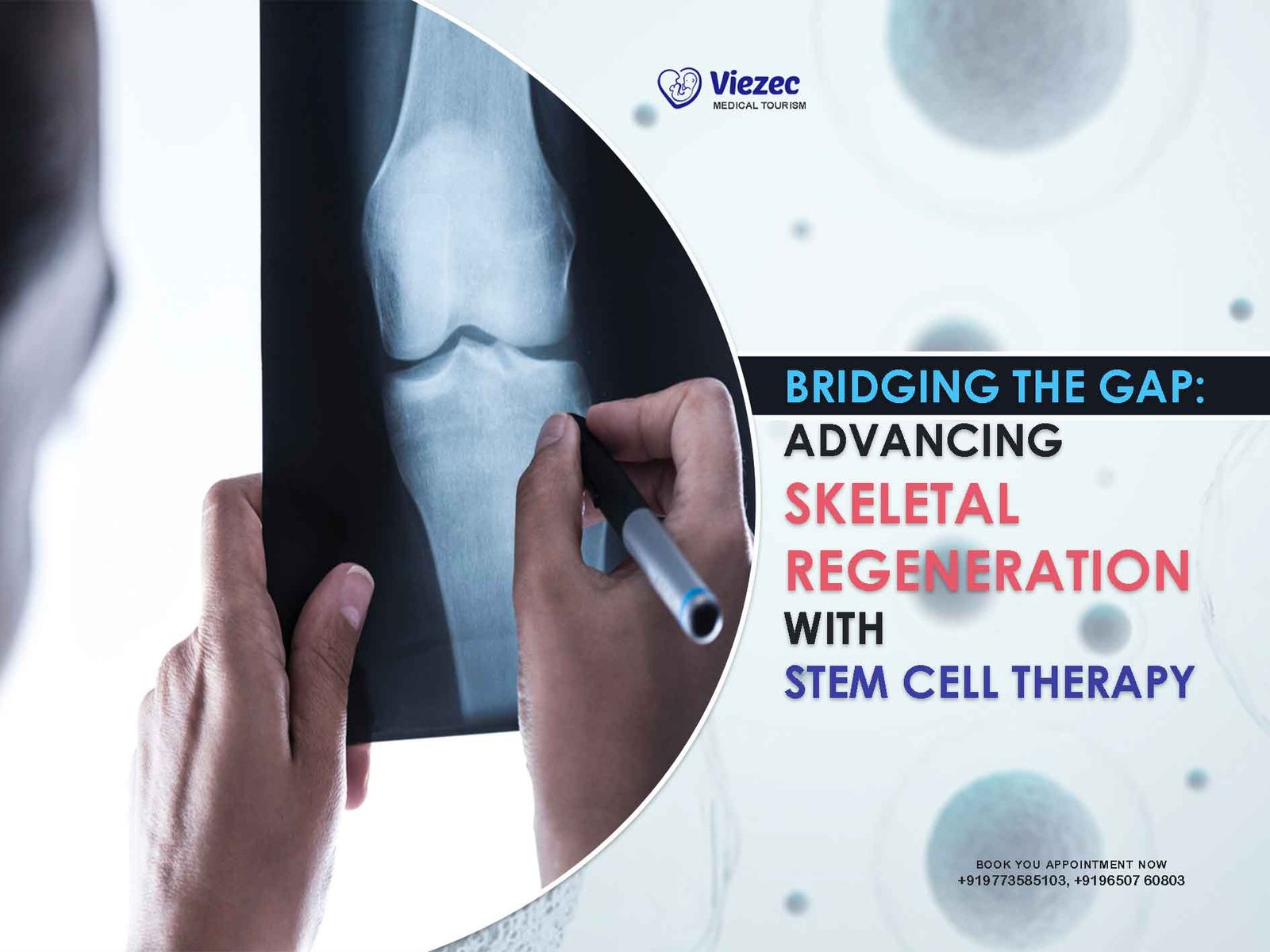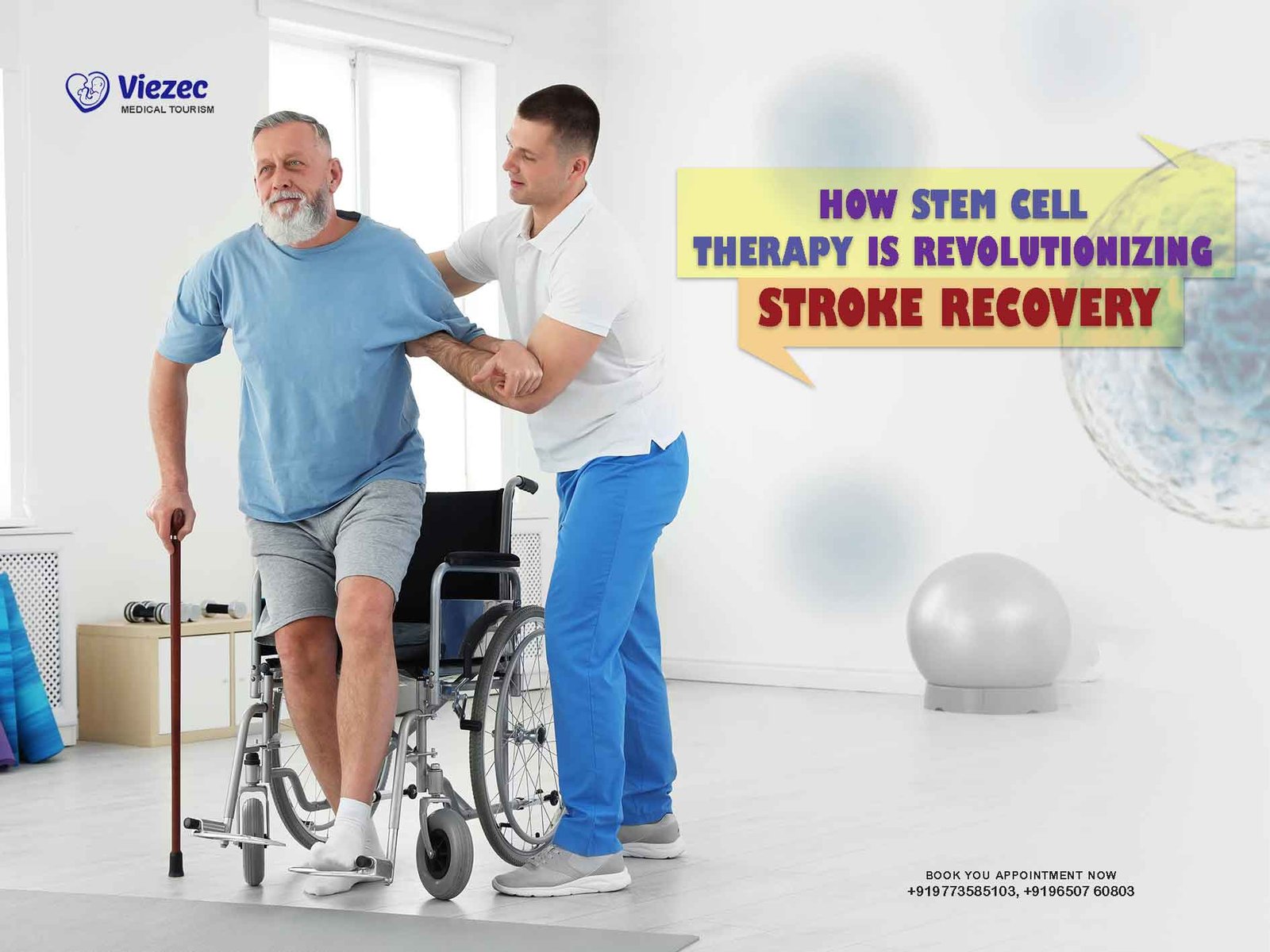In recent years, advancements in medical science have paved the way for revolutionary treatments in regenerative medicine. One area that holds immense promise is skeletal regeneration using stem cell therapy. Skeletal injuries and degenerative diseases pose significant challenges to healthcare providers worldwide, often resulting in long-term disabilities and compromised quality of life for patients. However, with the advent of stem cell technology, there is newfound hope for addressing these issues by harnessing the regenerative potential of the human body. We will explore the current landscape of skeletal regeneration, the role of stem cell therapy in this field, and the potential it holds for bridging the gap in treating skeletal injuries and diseases.
Understanding Skeletal Regeneration
The human skeletal system plays a crucial role in providing structural support, protecting vital organs, and facilitating movement. However, injuries such as fractures, osteoporosis, and degenerative conditions like osteoarthritis can compromise skeletal integrity and function. Traditional treatments for skeletal disorders often focus on symptom management and surgical interventions, which may have limitations in restoring full functionality and mobility.
Skeletal regeneration aims to restore damaged or degenerated bone and cartilage tissues to their original form and function. This process involves stimulating the body’s innate regenerative mechanisms or employing external interventions to facilitate tissue repair and regeneration. While the human body possesses some degree of regenerative capacity, severe injuries or conditions may overwhelm natural healing processes, necessitating external interventions.
The Promise of Stem Cell Therapy
Stem cells are undifferentiated cells with the remarkable ability to differentiate into specialized cell types and replicate indefinitely. They hold immense potential for regenerative medicine due to their regenerative and immunomodulatory properties. In the context of skeletal regeneration, stem cell therapy offers a promising approach to repair and regenerate damaged or degenerated bone and cartilage tissues.
Types of Stem Cells Used in Skeletal Regeneration
1. Mesenchymal Stem Cells (MSCs)
MSCs are multipotent stem cells found in various tissues, including bone marrow, adipose tissue, and umbilical cord blood. They have the ability to differentiate into osteoblasts (bone-forming cells), chondrocytes (cartilage-forming cells), and other cell types involved in skeletal tissue regeneration. MSCs also exhibit immunomodulatory properties, making them attractive candidates for therapeutic applications.
2. Induced Pluripotent Stem Cells (iPSCs)
iPSCs are generated by reprogramming adult somatic cells, such as skin cells, into a pluripotent state, similar to embryonic stem cells. They can differentiate into various cell types, including those relevant to skeletal regeneration, offering a potentially limitless source of patient-specific stem cells for personalized therapies.
3. Embryonic Stem Cells (ESCs)
ESCs are derived from the inner cell mass of early-stage embryos and have the capacity to differentiate into any cell type in the body, including bone and cartilage cells. While ESCs hold great therapeutic potential, ethical concerns and the risk of teratoma formation have limited their widespread use in clinical settings.
Mechanisms of Action
Stem cell therapy promotes skeletal regeneration through multiple mechanisms, including:
- Differentiation: Stem cells can differentiate into osteoblasts or chondrocytes, depending on the cues from the surrounding microenvironment, thereby contributing to bone and cartilage repair.
- Secretion of Growth Factors: Stem cells secrete various growth factors and cytokines that promote tissue repair, angiogenesis (formation of new blood vessels), and modulation of immune responses, creating a conducive environment for regeneration.
- Immunomodulation: MSCs possess immunomodulatory properties, modulating inflammatory responses and reducing tissue damage, which is particularly beneficial in conditions involving excessive inflammation, such as rheumatoid arthritis.
Applications of Stem Cell Therapy in Skeletal Regeneration
Stem cell therapy holds promise for a wide range of skeletal disorders and injuries, including:
1. Fracture Healing
Fractures, especially those with delayed or non-union, present significant challenges in clinical management. Stem cell-based approaches, such as MSC transplantation, have shown potential in enhancing fracture healing by accelerating bone formation and remodeling processes.
2. Osteoarthritis
Osteoarthritis, a degenerative joint disease characterized by cartilage degradation and inflammation, affects millions of people worldwide. Stem cell therapy offers a regenerative approach to treating osteoarthritis by promoting cartilage repair and reducing inflammation, potentially delaying or avoiding the need for joint replacement surgery.
3. Osteoporosis
Osteoporosis, characterized by decreased bone density and increased fracture risk, is a major public health concern, particularly among the elderly population. Stem cell-based strategies aim to enhance bone formation and inhibit bone resorption, offering novel therapeutic avenues for managing osteoporosis and preventing fractures.
4. Skeletal Defects
Congenital skeletal defects or defects resulting from trauma or tumor resection pose challenges in reconstruction and functional restoration. Stem cell-based tissue engineering approaches, combined with biomaterial scaffolds, hold promise for generating functional bone tissue and promoting integration with surrounding native tissues.
Safety Concerns
Safety remains a paramount concern in stem cell-based therapies, including the risk of tumor formation, immune rejection, and unintended differentiation into unwanted cell types. Rigorous preclinical and clinical studies are essential to ensure the safety and efficacy of stem cell-based interventions.
Delivery Methods
Optimal delivery methods are crucial for ensuring the precise targeting and retention of stem cells at the site of injury or degeneration. Strategies such as direct injection, scaffold-based delivery, and tissue engineering approaches need to be carefully tailored to specific clinical scenarios to maximize therapeutic outcomes.
Regulatory Approval
Regulatory approval processes vary across jurisdictions, and navigating the regulatory landscape for stem cell-based therapies can be challenging. Close collaboration between researchers, clinicians, regulatory agencies, and industry partners is essential to facilitate the translation of promising therapies from the bench to the bedside.
Long-Term Outcomes
Long-term monitoring of patients receiving stem cell-based treatments is essential to evaluate the durability and safety of therapeutic effects. Longitudinal studies assessing factors such as tissue integration, functional outcomes, and potential adverse effects are critical for informing clinical practice and refining treatment protocols.
Future Directions
Despite the challenges and complexities, the field of skeletal regeneration with stem cell therapy continues to advance rapidly, driven by ongoing research and technological innovations. Future directions in this field include:
- Personalized Medicine: Harnessing the potential of patient-specific iPSCs for tailored therapies that account for individual variations in genetics, disease pathophysiology, and treatment responses.
- Combination Therapies: Exploring synergistic effects of stem cell therapy with other modalities such as growth factors, gene therapy, and biomaterial scaffolds to enhance therapeutic outcomes.
- Non-Invasive Approaches: Investigating minimally invasive or non-invasive delivery methods, such as ultrasound-guided injections or nanoparticle-mediated delivery, to improve the safety and accessibility of stem cell-based treatments.
- Regenerative Rehabilitation: Integrating stem cell therapy with rehabilitation strategies to optimize functional recovery and promote tissue remodeling in skeletal disorders.
Functional Restoration
Skeletal regeneration with stem cell therapy represents a paradigm shift in the management of skeletal injuries and diseases, offering the potential for durable tissue repair and functional restoration. While numerous challenges remain, ongoing research and clinical advancements continue to drive progress in this exciting field. By bridging the gap between basic science and clinical application, stem cell therapy holds promise for transforming the landscape of skeletal medicine and improving outcomes for patients worldwide.
The convergence of stem cell biology, tissue engineering, and regenerative medicine offers unprecedented opportunities to overcome the limitations of conventional treatments and usher in a new era of skeletal regeneration.









